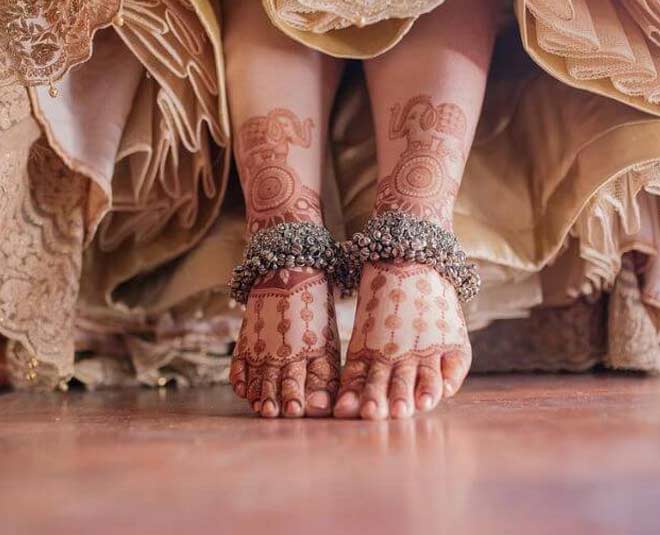
Is Payal Different From Jhanjhar? Here Are All The Details You Need To Know!
Often referred to as an anklet, a payal is an ornament worn around the ankle. Payals are a common site worldwide and happen to be one of the most trending accessories in the jewellery department.
Looking at the fancy silver bands over the feet of women, we can’t help but wonder what is the history behind the same, not just the history, knowing there is a concept of jhanjhar and nupur around other states of India, here’s an ultimate guide on anklets!
History Of Payal

The origin of a Payal dates back to ancient times in India and in that time it was believed that heavy payal was a symbol of wealth and status.
Evident from the sculptures in Hampi, payals have been a part of our jewellery boxes for years now.
Anklets were introduced to help male members of the family give regard to a woman entering their environment as a payal tends to make noise while the woman moves. The payal helped males become more self-aware and respectful towards the females of the house.
Anklets also helped a wife to attract the attention of her husband.
They have also been worn by Egyptian women since predynastic times. In the United States, both casual and more formal anklets became fashionable from the 1930s to the late–20th century. While in Western popular culture both younger men and women may wear casual leather anklets, they are popular among barefoot women.
Other Names For Payal
1
2
3
4
An anklet is also known as pattilu, payal, golusu and sometimes referred to as nupur.
Why Do We Wear A Payal?

Payal is considered to be the first piece of jewellery that is gifted to a girl by her parents, generally when they are born.
Women are gifted a payal as a newly married woman too on their first arrival at their husband's home.
A payal is a sign of bravery and pride in both, unmarried and married women.
Health Benefits Of A Payal
Anklets don’t have only cultural significance, but they also have health benefits too. The body produces a huge amount of energy, and most of the energy is radiated from extremities, that is hands and feet.
Silver is a highly reactive metal, and it reverts back the energy to the body which brings in more positivity and zeal in the women. Also, the silver helps to boost the immune system and overall health of the women.
Why Are Payals Made Of Silver?
An interesting thing about payals is that they are made of silver, not gold. This is because gold is considered to be the symbol of the goddess of wealth, i.e. Lakshmi, and wearing it on the feet is seen as an unholy practice.
What Is A Jhanjhar?

Jhanjhar is a type of anklet often spotted on the ankles of women in Punjab. These anklets are the ones that have small bells attached to them.
Jhanjhar usually comes in a set of two, made purely out of silver.
Difference Between Jhanjhar And Payal
A payal is a worldwide concept in asseccorizing while jhanjhar may just be limited to the region of Punjab and its tradition.
While jhanjhar’s significant characteristic is that of the bells that sound the anklet and make a sound every time the female moves, anklets are not always sound. Most anklets that are seen around are often soundless and added as a fashion accessory to an outfit in today’s time.
Similarities Between Jhanjhar And Payal
With having one significant difference between the two, an anklet and a jhanjhar share the concept of having a silver string that goes around the ankle of a woman.
Have more questions? Connect with us over our official Instagram account and drop us a comment. Stay tuned to HerZindagi for more updates and stories!
Also watch this video
Herzindagi video
1
2
3
4